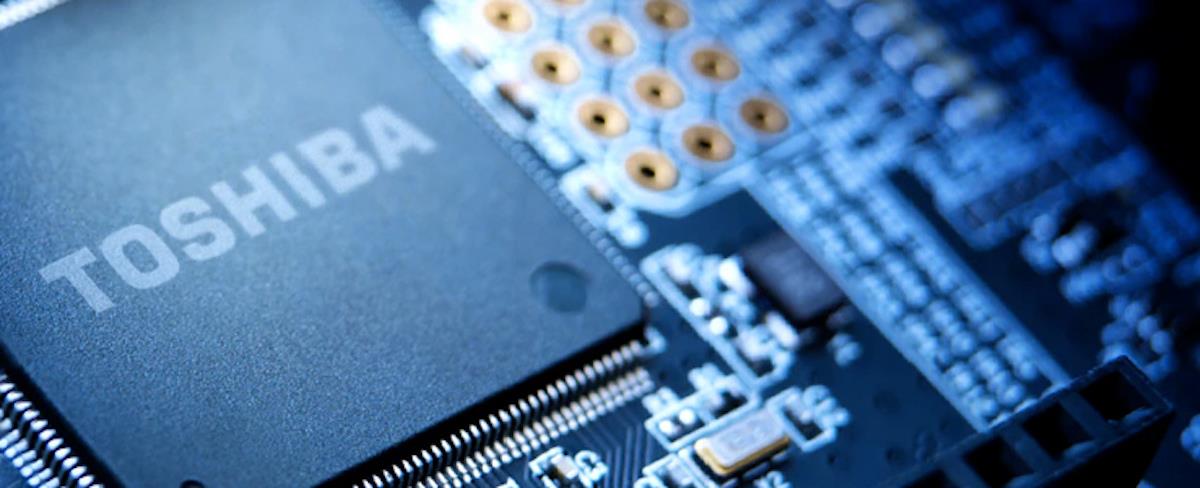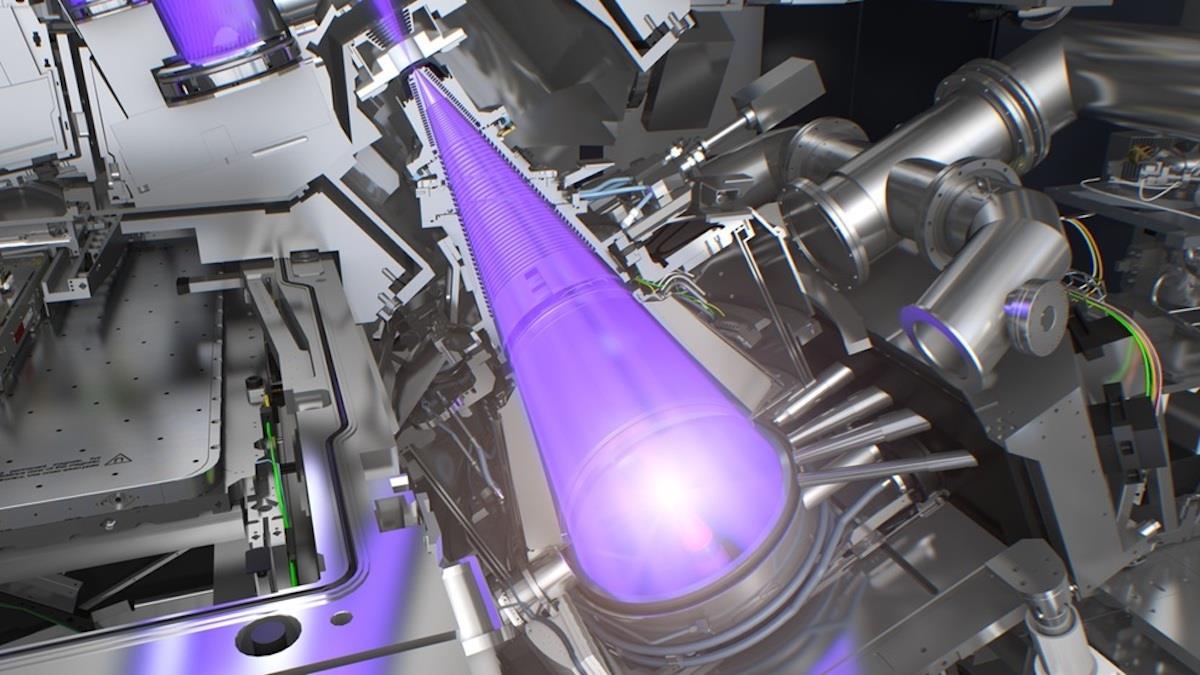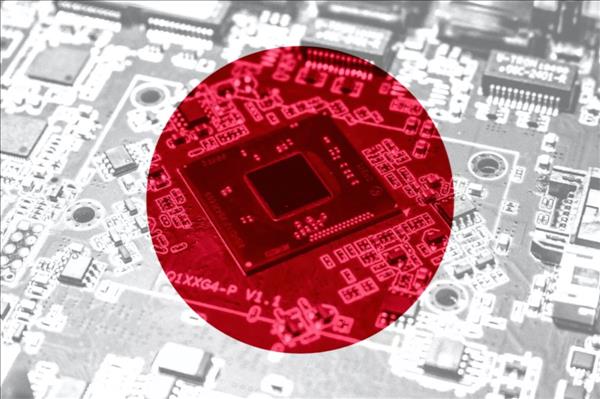(MENAFN- Asia Times) China's Communist Party-run Global Times warns that joining the United States' chip export ban against China could leave Japan's semiconductor industry“stifled.”
While the state mouthpiece makes some good points in a January 13 article, some assertions are far enough off-target that readers might misunderstand the issue.
Because Global Times is an important Chinese voice, let's go through its argument point by point:
Global Times: “Japan, once a semiconductor giant half a century ago but then brutally beaten down by the US ... suppressed by the US in various ways, including export restrictions similar to today's, which allowed chipmakers in South Korea and China's Taiwan to make deeper inroads into the industry.”
Asia Times: The Japanese semiconductor industry was not“brutally beaten down” by the US. The Japanese acquired semiconductor and other advanced technology from the US through a combination of
studying and copying; licensing agreements, extracted on favorable terms by blocking access to the Japanese market; the establishment of joint ventures, to manufacture American products in Japan, which the Japanese later bought out; and the purchase of American intellectual property and venture companies.
They put this technology to use through the implementation of a coherent industrial policy and dedication to precision manufacturing, high quality and invention. Their success provided a model for South Korea and China.
The Japanese drove Intel out of the DRAM market and made serious inroads in other semiconductor products with a combination of higher quality and lower prices. The Americans responded with anti-dumping duties and high-pressure trade negotiations aimed at acquiring a guaranteed share of the Japanese market.
The negotiations largely failed, but Intel turned the tables by dedicating itself to microprocessors, which the Japanese were unable to match.
The South Koreans, led by Samsung Electronics, then used a combination of Japanese-stye industrial policy, a higher tolerance for risk and a better understanding of the importance of cash flow to take control of the DRAM and NAND flash memory markets (all the more embarrassing because Japan had invented NAND flash).
The Taiwanese, led by TSMC, established the foundry model of contract semiconductor manufacturing, creating a combination of American design and high-volume, low-cost, leading-edge semiconductor manufacturing that, once again, the Japanese could not match.
The Japanese also failed to create IC design companies like Qualcomm, Nvidia, Apple and AMD, which utilize the capacity of TSMC and other foundries.
In 1990, Japan's NEC ranked first in worldwide semiconductor sales, followed by Toshiba and Hitachi. Intel ranked fourth. Six out of the top 10 companies were Japanese.
In 2000, Intel ranked first, Toshiba second, NEC third, Samsung fourth and Hitachi eighth. In 2010, Intel ranked first, Samsung ranked second and Toshiba, the only Japanese company still in the top 10, ranked fourth.

Photo: Toshiba
In 2021, Samsung ranked first, Intel ranked second and there were no Japanese companies in the top 10. TSMC, which is excluded from the rankings because its sales derive from those of other semiconductor companies, would have ranked third.
Japanese companies have dropped down the semiconductor sales rankings because they have not been able to compete effectively in the microprocessor, memory and foundry markets. This has been due to deficiencies in their business models, not US policy.
There have been no restrictions on US exports of semiconductors, electronic design automation (EDA) software or semiconductor production equipment to Japan. On the contrary, the US has always wanted to export more semiconductors to Japan, its EDA companies dominate the Japanese market and American equipment is widely used in Japanese fabs.
Global Times: “If it keeps letting itself become a 'sidekick' of the US, Japan's semiconductor industry could be completely strangled in the next five to 10 years.”
Asia Times: On the contrary, the US is contributing to the development of the Japanese semiconductor industry. Specifically, ibm has tied up with Rapidus to develop and build 2-nanometer foundry capacity in Japan by 2027. intel also works closely with Japanese companies to develop and deploy leading-edge technology on a long-term view.
Global Times: “According to a report by the White House in June 2021, the world's semiconductor manufacturing capacity is now concentrated in East Asia, with China's Taiwan accounting for 20 percent of the global total in 2019, followed by South Korea, Japan, the Chinese mainland and the US.”
Asia Times: As of December 2021, IC wafer capacity by fab location was South Korea 23%, Taiwan 21%, China 16%, Japan 15%, America 11%, Europe 5% and other regions (mainly Southeast Asia) 9%, according to Knometa Research. With GDP only 21.5% of that of the US according to World Bank data, Japan had 36% more semiconductor production capacity.
Global Times: “The Kishida administration, while admitting its country is broadly in line with the goals of the White House, has been vague about to what extent it will join in. The hesitation comes largely from the country's leading chip producers' reliance on China to thrive.”
Asia Times: As of this writing, that is correct. Japanese, South Korean, Taiwanese, American and European makers of semiconductors and semiconductor production equipment all depend on China for a substantial portion of their revenues and all of them may incur, or already have incurred, significant losses due to US sanctions.
For the most part, it appears that those makers have been trying to restrain the politicians and limit the damage.
Global Times: “Tokyo Electron, Japan's leading chip manufacturing equipment maker, relies on China for about a quarter of its revenue.”

Photo: Tokyo Electron
Asia Times: It does now. And when tokyo electron cut its sales guidance for the six months to March 2023 by more than 25% last November, President Toshiki Kawai told analysts and the media that about half of the reduction in anticipated sales was due to the impact of US sanctions on China's semiconductor industry.
Kawai also said that Tokyo Electron would not take advantage of the sanctions to win new orders in China at the expense of American competitors subject to the US Commerce Department's export restrictions.
Note that Tokyo Electron is Japan's largest and the world's third-largest maker of semiconductor production equipment. Its main competitors are the American companies Applied Materials and Lam Research.
Global Times: “According to media reports, Japan is a top producer of specialized tooling equipment needed to manufacture advanced chips, and its companies hold 27 percent of global market share.”
Asia Times: True, and it is also a leading producer of semiconductor materials. Japan has high market shares in silicon wafers, photoresist coater/developers, photoresists and other chemicals used in the semiconductor manufacturing process, dicing saws and blades and test and packaging equipment. It also dominates the market for flat panel display lithography equipment.
Global Times: “Japan still has some residual advantages in the industry, leading not on key links but in some upstream technology, such as optical technology. But on the whole, Japan no longer has much say in this field.”
Asia Times: Not true. Japan leads the market for image sensors and is a significant producer of NAND flash memory, automotive and power semiconductors, and opto-semiconductors. It is also the leading producer of multi-layer ceramic capacitors and other electronic components.
Japanese companies are important collaborators of Interuniversity Microelectronics Center (IMEC), the international nanoelectronics R&D center headquartered in Belgium, and of the Albany NanoTech Complex in New York. Japan also has its own advanced semiconductor R&D programs and hosts a 3d ic packaging r&d center led by tsmc .
Global Times: “The interests of Japan and the US in this regard are definitely not the same ... as the US has its own upstream suppliers in Europe and has little room left for Japan.”
Asia Times: It is correct to say that the interests of Japan and US are not exactly the same, but the US is not replacing Japanese with European suppliers.
First of all, it would not be practical, because Japanese companies are the top suppliers of many kinds of semiconductor production equipment.
Second, Japanese and European equipment makers compete, of course, but sometimes they complement each other. The best examples of this are lithography, which is dominated by ASML of the Netherlands, and photoresist coater/developers, which are supplied primarily by Tokyo Electron and Screen Holdings of Japan.

Light and lasers are key to Netherlands' ASML's lithography equipment. Photo: ASML
Global Times: “If Japan is to tie itself to the US-desired semiconductor closed loop that excludes China, it will seriously reduce Japan's few existing advantages. In the next five to 10 years, if such a closed loop is really formed, it will cut off Japan's ability to independently develop the global market, and the Japanese semiconductor industry could be utterly stifled.”
Asia Times: It might cut off Japan's ability to independently develop the Chinese market, but not its access to the larger global market. Semiconductor makers in Japan, South Korea, Taiwan, the US and Europe all have ambitious capacity expansion plans and technology development roadmaps – and Japanese equipment and materials companies are among their most important suppliers.
If a“closed loop” were formed, which seems unlikely, China would be on the outside, not Japan. Surely the writers at Global Times know that.
Follow this writer on Twitter: @ScottFo83517667























Comments
No comment